Ultimate 90-Degree Right-Angle USB Cable for Tight Spaces
As someone who’s spent years knee-deep in tech, from building custom PCs to managing complex server racks and diving into the intricacies of WordPress installations, I’ve seen my share of frustrating cable management nightmares. We all have that one device, that one port, that just refuses to cooperate with a standard straight-out connection. That’s where the humble yet mighty right-angle USB cable swoops in like a silent hero. It might seem like a minor detail, but trust me, this little twist can make a world of difference in your daily digital life.
I remember a particular server setup for a client&s WordPress site where the USB backup drive kept getting accidentally nudged, leading to dropped connections. A simple switch to a right-angle USB cable solved a recurring headache, proving that sometimes, the smallest change can have the biggest impact. Let&s dive into why these angled wonders are more than just a niche accessory.

A right-angle USB cable can transform your setup, making it tidier and more functional.
What Exactly is a Right-Angle USB Cable, and Why Should I Care?
A right-angle USB cable is exactly what it sounds like: a USB cable where the connector head is bent at a 90-degree angle instead of extending straight out. You should care because this seemingly minor design tweak offers significant practical advantages for space-saving, durability, and aesthetics, solving common frustrations with traditional straight connectors.
Think about it. Most devices today are designed to be sleek and compact. Whether it&s your smartphone, tablet, laptop, or even your desktop PC, ports are often placed in tight spots.
A standard straight USB connector sticks out, creating a lever effect that can stress the port, take up valuable space, or simply look messy. A right-angle connector, by contrast, routes the cable alongside the device, hugging its contours. This is especially useful for:
- Tight Spaces: Connecting devices behind monitors, under desks, or in crowded media centers.
- Ergonomics: Holding your phone while it&s charging, without the cable digging into your hand.
- Port Protection: Reducing strain on the device&s USB port, extending its lifespan.
How Can a Right-Angle USB Cable Improve My Workspace?
A right-angle USB cable dramatically improves workspace organization by reducing cable clutter, preventing snags, and allowing devices to sit flush against surfaces. This leads to a tidier, more functional, and less frustrating environment, particularly for setups involving multiple peripherals.
In the world of tech, especially for those of us involved in web development or intricate PC builds, cable management is not just about aesthetics; it&s about functionality and airflow. A messy desk can impact focus and efficiency. With a right-angle cable, you can:
- Achieve a Cleaner Look: Cables run neatly along the edges of your devices, making your setup look professional and organized.
- Maximize Desk Space: Devices like external hard drives or charging docks can sit closer to walls or other equipment without the cable protruding awkwardly.
- Prevent Accidental Disconnections: Less protrusion means fewer chances of bumping into the cable and yanking it out, a common issue when transferring large files or working on critical projects.
For instance, if you have a monitor with USB ports on the side, a straight cable often sticks out noticeably. A right-angle USB cable keeps the connection flush, preserving the sleek design of your display. This attention to detail is something clients notice, even if subconsciously, when they see your organized workspace.
Are There Different Types of Right-Angle USB Cables?
Yes, right-angle USB cables come in various types to match different USB standards and connector orientations. You’ll find them for USB-A, USB-C, Micro-USB, and Mini-USB, often with options for the angle to point left, right, up, or down relative to the port.
Just like standard USB cables, right-angle versions are available for almost every USB standard:
- USB-C Right-Angle: Increasingly popular for modern smartphones, laptops (like MacBooks and many Windows ultrabooks), and tablets. These are fantastic for charging on the go or connecting to docks.
- Micro-USB Right-Angle: Still widely used for older Android phones, e-readers, power banks, and many IoT devices.
- USB-A Right-Angle: Common for connecting peripherals like keyboards, mice, or external hard drives to your computer, especially if the ports are in tight spots.
- Mini-USB Right-Angle: Less common now, but still useful for some older cameras, GPS devices, and specific industrial equipment.
The orientation of the angle is also critical. Some connectors are designed to angle “up,” “down,” “left,” or “right” when plugged into a device, depending on the port&s orientation. Always double-check which way the angle will point relative to your device to ensure it suits your needs. For example, a “left-angle” USB-C might be perfect for your phone if you want the cable to run along the bottom edge when held horizontally.
Can a Right-Angle USB Cable Protect My Devices?
Absolutely, a right-angle USB cable offers significant protection to your device&s USB ports by reducing leverage and strain. The angled design minimizes the chances of accidental bending or damage to the internal pins and the port housing, which can be costly to repair.
This is a big one. Think about how many times you&ve seen a charging phone fall while still connected, or a laptop getting nudged with a USB drive sticking out. A straight connector acts like a lever, putting immense pressure on the delicate internal components of the USB port with any slight bump or pull. Over time, this can lead to:
- Loose Ports: The port becoming wobbly, leading to intermittent connections.
- Damaged Pins: Bent or broken pins inside the port, rendering it useless.
- Cracked Device Housing: In extreme cases, physical damage to the device itself.
A right-angle cable reduces this leverage by having the cable run parallel to the device. This distributes any force more evenly, significantly lowering the risk of damage. It’s a small investment that can save you from expensive repairs or device replacement down the line. To learn more about USB standards and their robustness, you can check out resources from organizations like the USB Implementers Forum.
Where Can I Find Reliable Right-Angle USB Cables?
You can find reliable right-angle USB cables from reputable tech retailers, both online and in physical stores, by looking for brands known for quality and reading user reviews. Prioritize cables with good build quality, proper shielding, and appropriate length for your specific application.
When selecting a right-angle USB cable, don&t just grab the cheapest option. Quality matters, especially when it comes to data transfer and power delivery. Look for:
- Reputable Brands: Companies like Anker, UGREEN, Cable Matters, and Amazon Basics often offer reliable options.
- Certifications: For USB-C cables, look for USB-IF certification to ensure compliance with standards and safety.
- Gauge and Shielding: Thicker cables (lower AWG numbers) generally indicate better power delivery and data integrity, especially for longer runs. Good shielding prevents interference.
- User Reviews: Always check what other users are saying, paying attention to comments about durability and fit.
I often find myself browsing stores like Amazon or B&H Photo for these specific needs. For more general tech accessory advice, sites like CNET often have buying guides.
Shop Related Products on eBay
Find the best deals on these recommended products:
… (Content truncated for length) …
About the Author:
Poly Kaza is a seasoned technology journalist and wearable tech enthusiast with over a decade of experience reviewing and analyzing the latest innovations in smart devices. He has a deep understanding of the underlying technologies that power smartwatches and a passion for helping consumers make informed decisions about their digital companions. His work focuses on bridging the gap between complex technical specifications and practical user experience, with a keen eye on how wearables impact daily life and health.
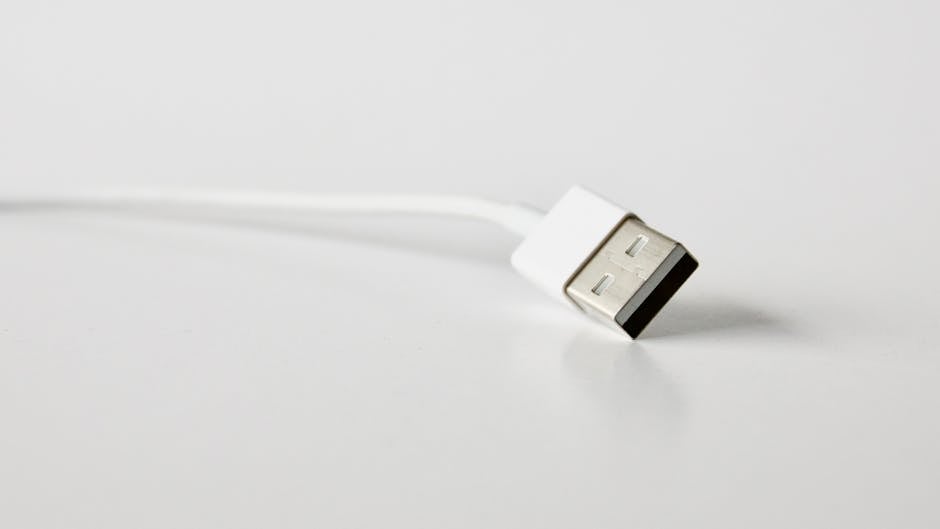
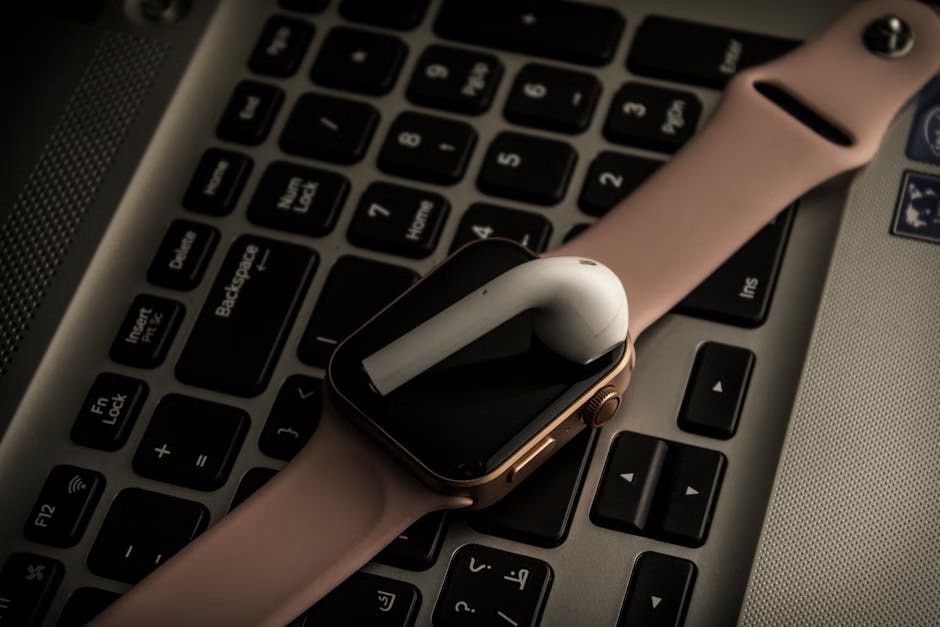


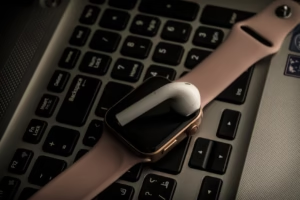

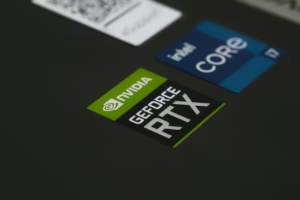

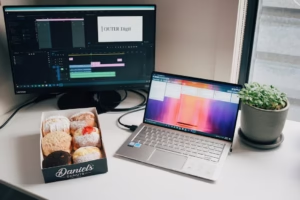




3 comments